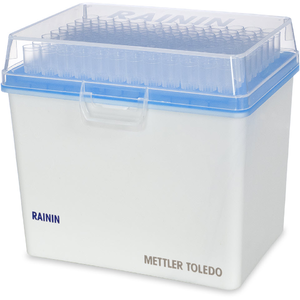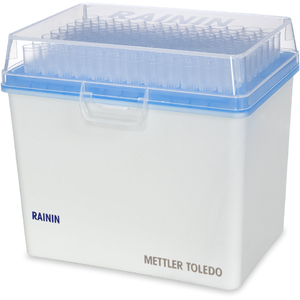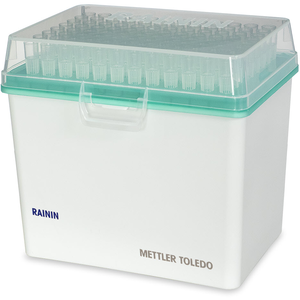
Pipette Tips RT LTS 250µL X 768A/8
Racked tips, 250 μL max. volume, for Rainin pipettes with LTS™ LiteTouch™, extended-length (102 mm long), 768 tips in 8 racks of 96.

Pipette Tips RT LTS 250µL SX 768A/8
Racked tips, 250 μL max. volume, for Rainin pipettes with LTS™ LiteTouch™, extended-length (102 mm long), Sterilized, 768 tips in 8 racks of 96.
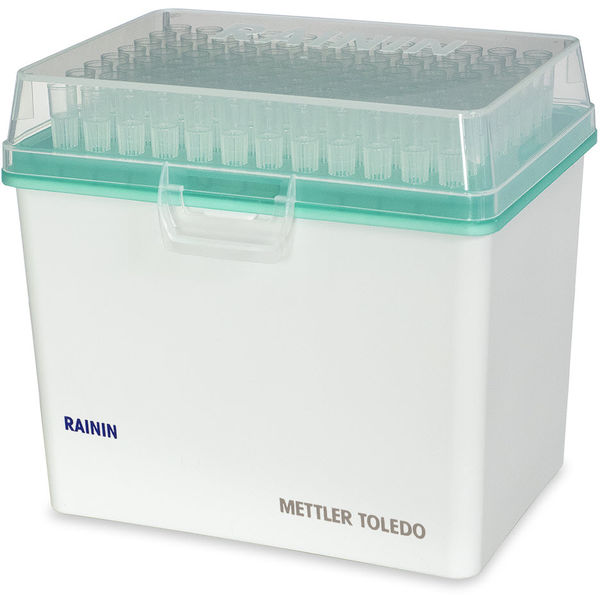
Pipette Tips RT LTS 200µL FX 768A/8
Racked tips, 200 μL max. volume, for Rainin pipettes with LTS™ LiteTouch™, extended-length (102 mm long), Sterilized, filter, 768 tips in 8 racks of 96.
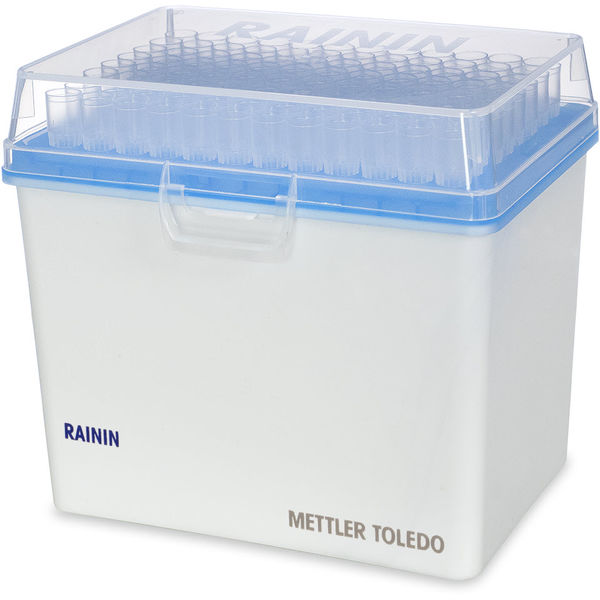
Pipette Tips RT LTS 1000µL X 768A/8
Racked tips, 1000 μL max. volume, for Rainin pipettes with LTS™ LiteTouch™, extended-length (102 mm long), 768 tips in 8 racks of 96.
Unlock Service Excellence - Maximize Your Efficiency

